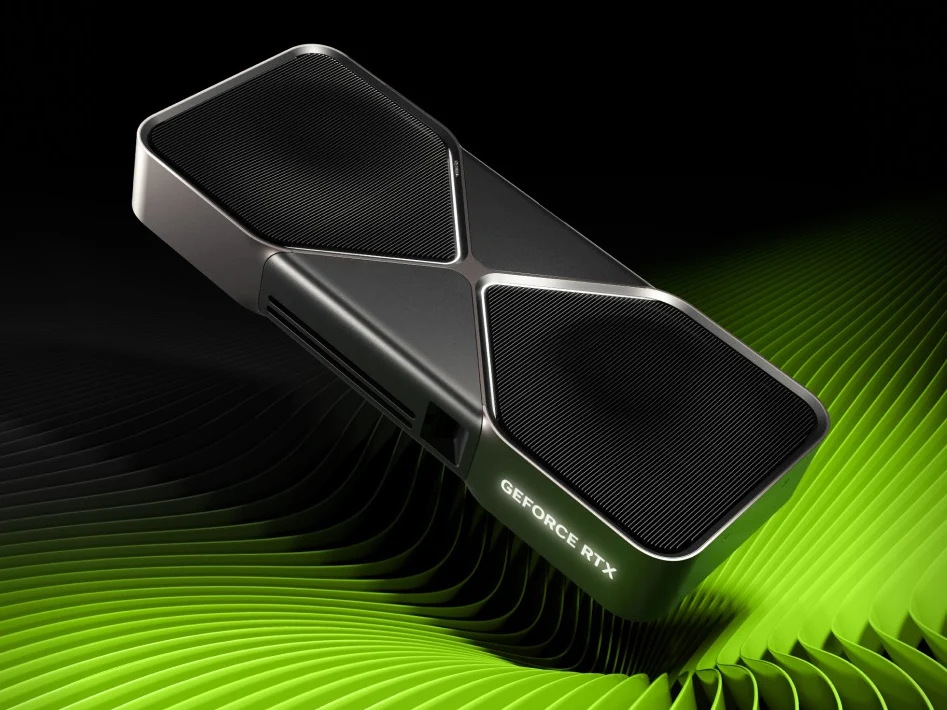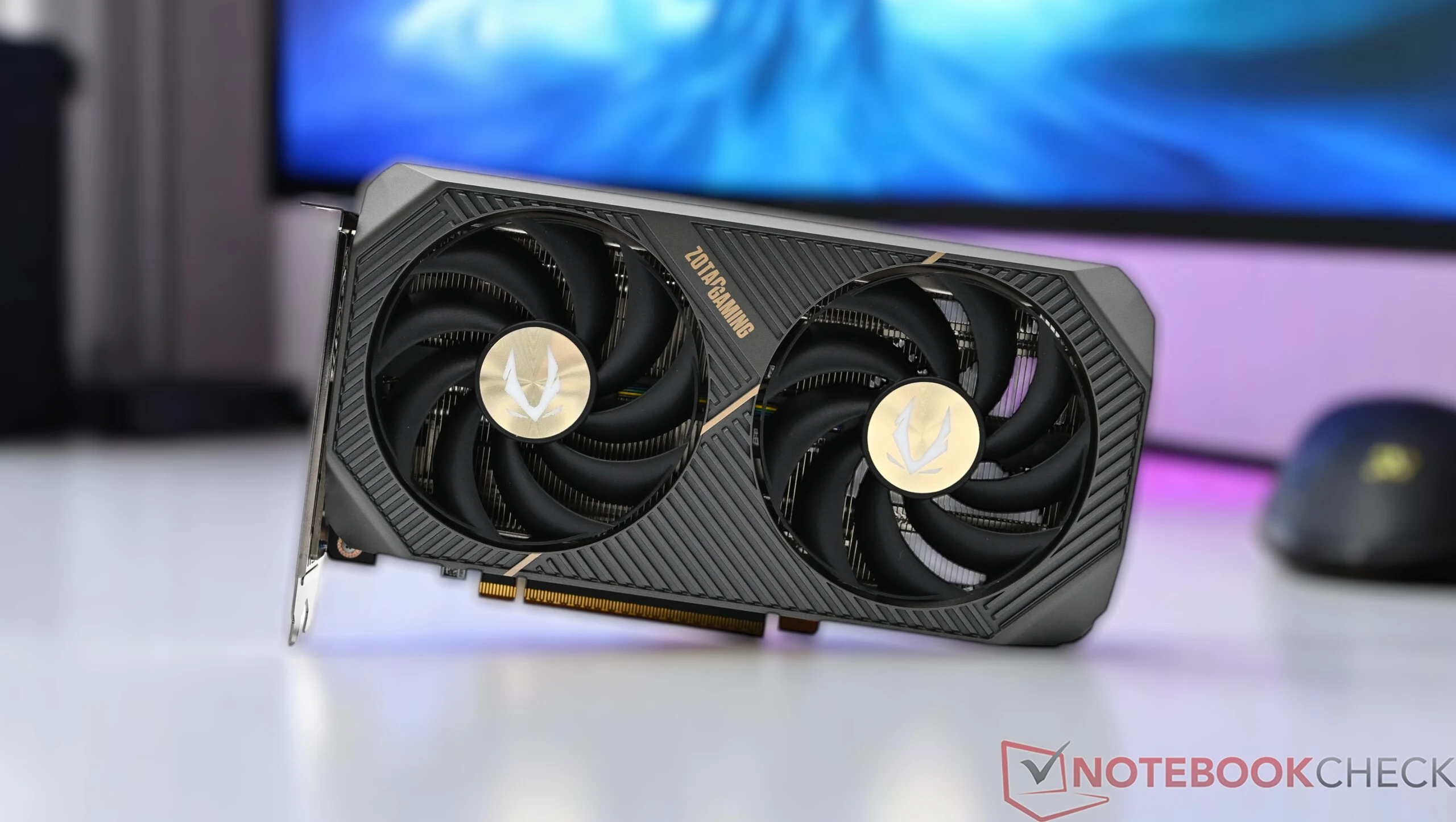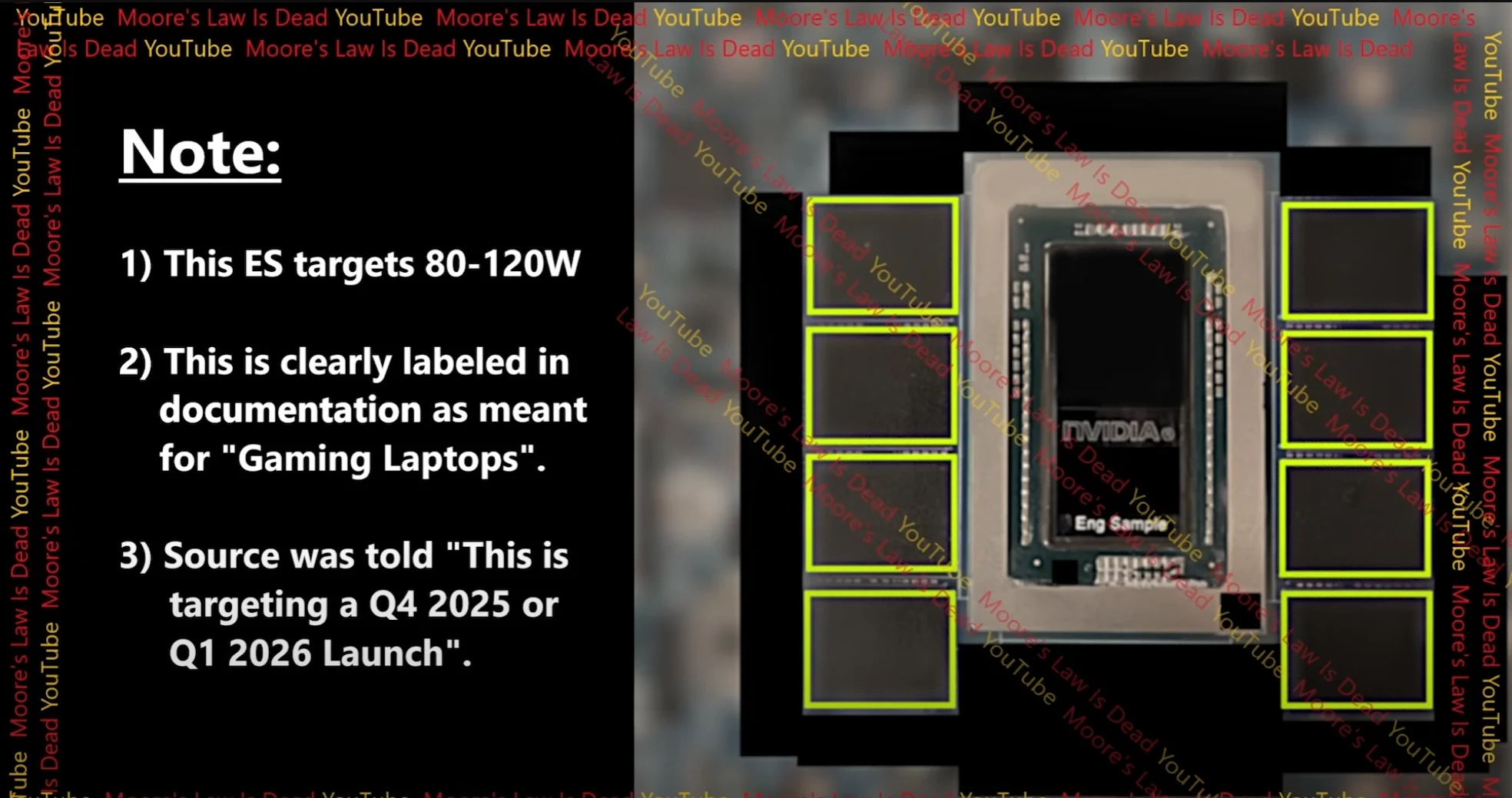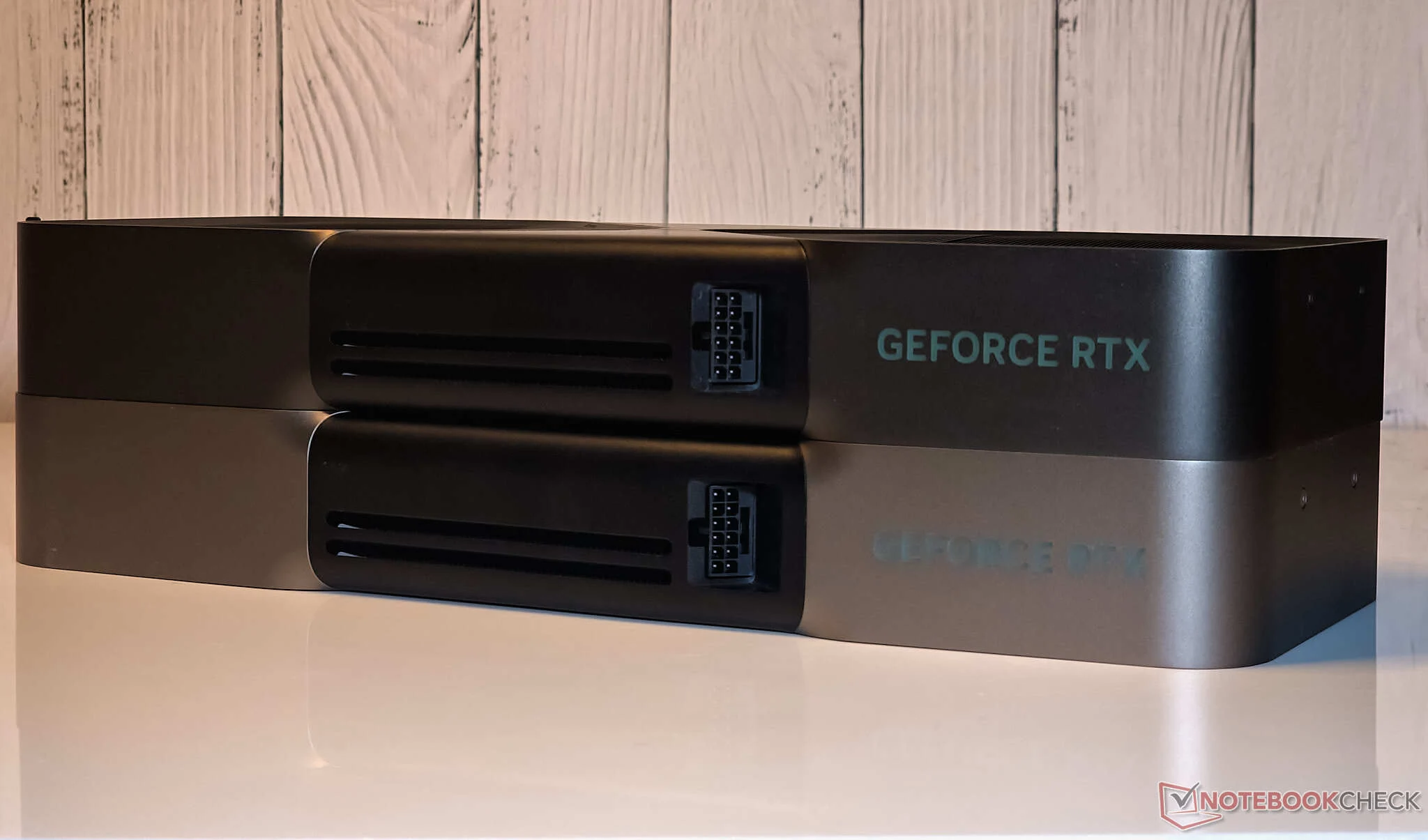Key Takeaways
1. The Nvidia RTX 5050 GPU is expected to feature a GB207-300 chip with 2,560 CUDA cores and 8 GB of VRAM, with a potential release in July 2025.
2. There is conflicting information about the VRAM, but it is now confirmed to have 8 GB of GDDR6 VRAM operating at 20 Gbps.
3. The RTX 5050 will be the only model in the RTX 50 series to use GDDR6, while higher models will use GDDR7, potentially limiting its performance.
4. The RTX 5050 is expected to be an entry-level GPU priced under $250, possibly around $200, justifying the choice of GDDR6.
5. Performance expectations for the RTX 5050 are uncertain, with speculation that it may not significantly outperform the previous-gen RTX 4060.
We shared some news back in March about Nvidia working on an RTX 5050 desktop GPU that comes with a GB207-300 chip. This chip is said to have 2,560 CUDA cores and 8 GB of VRAM. Initially, there were rumors that the card would be released in April, but when that didn’t happen, sources from AIBs suggested a launch in July 2025 for the RTX 5050.
Conflicting VRAM Information
While there has been a lot of talk about the specs and release date of the RTX 5050, the details regarding the 8 GB VRAM have been inconsistent. For example, kopite7kimi stated back in March that the RTX 5050 would have 8 GB of GDDR6 VRAM. However, a recent leak mentioned that it would actually be using GDDR7 modules like the rest of the RTX 50 series.
Now, a dependable leaker, MEGAsizeGPU, has revealed that the RTX 5050 will indeed feature 8 GB of GDDR6 VRAM operating at 20 Gbps. This puts the RTX 5050 on par with the RX 9060 XT, which also utilizes 20 Gbps GDDR6 VRAM modules.
Performance Insights
If the RTX 5050 does come with GDDR6, it will be the only model in the RTX 50 family to use GDDR6. The rest, from the RTX 5060 to the RTX 5090, will have GDDR7. This difference is likely to limit the bandwidth and overall performance of the card.
Even so, the use of GDDR6 isn’t particularly surprising. The RTX 5050 is expected to be an entry-level GPU, likely priced under $250 and possibly as low as $200. Thus, it makes sense for Nvidia to opt for the more affordable GDDR6 instead of the pricier GDDR7.
Uncertain Performance Expectations
At this stage, we can’t make any definite claims about performance. In previous discussions, we suggested that with a CUDA core count similar to the RTX 4050 mobile GPU, but a 15 W higher TDP and a 33.3% wider bus, a significant performance increase might be possible. However, it’s likely that the final performance won’t be too impressive, as the previous-gen RTX 4060 may still outperform it.
Source:
Link












